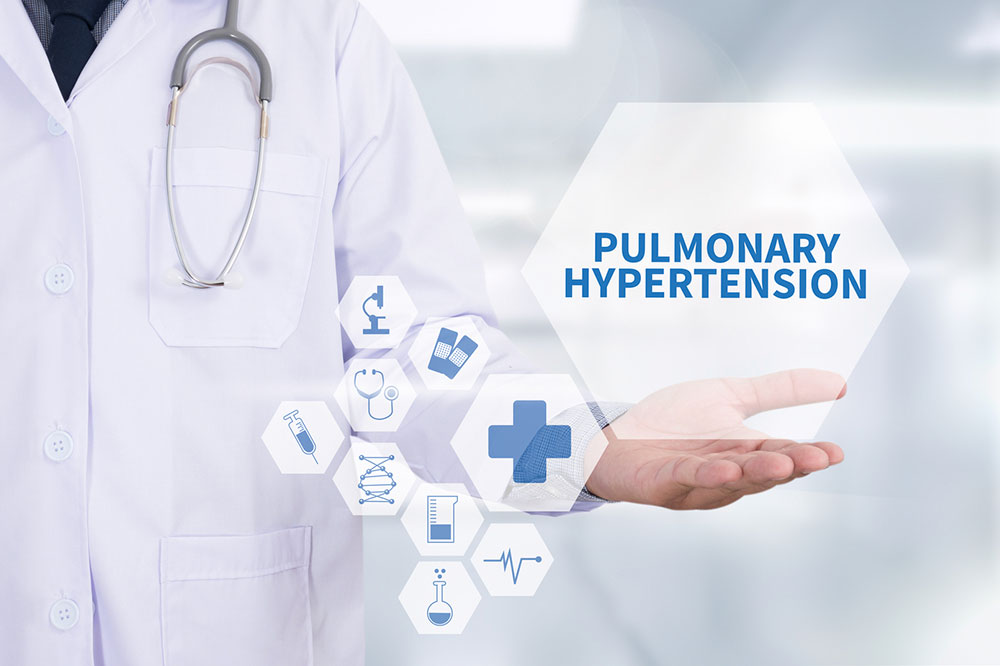Comprehensive Guide to Recognizing the Signs and Symptoms of Heart Enlargement
This comprehensive article explores the various signs and symptoms of heart enlargement, including causes, risk factors, and how to recognize early indicators. It emphasizes the importance of early diagnosis and ongoing management of the condition to prevent severe complications like heart failure. The piece also discusses different types of heart enlargement, their underlying causes, and the necessity of medical consultation for accurate diagnosis and effective treatment, aiming to educate readers on maintaining heart health effectively.

Understanding Heart Enlargement: Symptoms, Causes, and Risks
What are the key indicators that suggest an enlarged heart?
An enlarged heart, medically known as cardiomegaly, is a condition that signals potential underlying health problems. It is commonly associated with chronic conditions such as high blood pressure (hypertension) and coronary artery disease. When the heart enlarges, its ability to pump blood efficiently diminishes, which can lead to critical health complications, including heart failure and even sudden cardiac arrest. Recognizing early signs and symptoms is vital for effective intervention. With timely diagnosis and treatment, some individuals can experience significant improvement. However, for many, managing an enlarged heart requires lifelong medication, lifestyle modifications, and regular medical monitoring to prevent progression and associated health risks.
Types of cardiac enlargement and their implications
The most prevalent cause of heart enlargement is the heart’s adaptive response to muscle damage or stress. Depending on the specific type, the heart can initially compensate for damage but over time, its function deteriorates. The two main types of cardiac enlargement are:
Dilated Cardiomyopathy (DCM): This condition involves dilation of the heart's ventricles, which stretch excessively, leading to thinning of the walls. The enlargement aims to reduce pressure within the chambers. However, this thinning weakens the myocardial tissue and poses a risk of rupture. Individuals with DCM often experience symptoms like fatigue and shortness of breath, and if left untreated, the condition can progress to severe heart failure.
Hypertrophic Cardiomyopathy (HCM): Characterized by abnormal thickening of the heart muscle, particularly in the ventricles. This hypertrophy is often inherited and initially compensates for increased pressure, but over time, it impairs the heart’s ability to fill properly, leading to obstructed blood flow and arrhythmias. Interestingly, early in its progression, an enlarged heart resulting from HCM might display stronger pumping capacity, but this can decline as the disease advances.
Primary causes behind heart enlargement
Multiple lifestyle choices and health conditions contribute to the development of an enlarged heart. Chronic habits and health issues that damage cardiac tissue include:
Excessive alcohol consumption and drug abuse
Persistent kidney disease
Viral infections affecting the myocardium
HIV-related cardiac infections
Medical experts agree that the etiology of cardiomegaly is often multifactorial. Most cases stem from a combination of genetic predisposition, lifestyle factors, and other health conditions.
Risk factors leading to an enlarged heart
Several conditions increase susceptibility to developing an enlarged heart, including but not limited to:
High blood pressure (hypertension): Often caused by cholesterol buildup and blocked arteries from poor dietary choices, hypertension forces the heart to work harder—which over time causes it to enlarge. Uncontrolled high blood pressure remains a leading risk factor for cardiomegaly.
Previous heart attacks (myocardial infarction): Damage resulting from heart attacks weakens the cardiac tissue, making the heart more susceptible to enlargement.
Past infections or myocarditis: Viral or bacterial infections that inflame or damage heart tissue can lead to abnormal heart size and function.
Recognizing the signs and symptoms of an enlarged heart
Early detection can be challenging because initial symptoms are often subtle or absent. It is frequently during advanced stages, when the heart's pumping capacity diminishes significantly, that symptoms become apparent. Common manifestations include:
Shortness of breath during exertion or when lying flat, due to fluid buildup and reduced cardiac output
Swelling (edema), particularly in the legs, ankles, or feet, often on the left side of the body
Irregular heartbeat or arrhythmia—palpitations that may be felt as fluttering or pounding sensations
Chest discomfort or pain, which can radiate to the neck, jaw, or back, sometimes mistaken for angina
Fatigue, dizziness, or fainting episodes, especially during physical activity
In some cases, no obvious symptoms may be present until severe complications develop
Limitations of symptom awareness
It’s crucial to understand that symptoms such as shortness of breath or swelling are indicators of more extensive cardiac issues rather than the enlarged heart itself. Proper diagnosis requires medical evaluation, including physical examination, imaging tests such as echocardiography, and sometimes additional diagnostics like MRI or catheterization. Since conditions like congestive heart failure share similar signs, consulting healthcare professionals promptly is vital for accurate diagnosis and effective treatment planning.
In conclusion, recognizing the signs and symptoms of heart enlargement is essential for early intervention. Maintaining a healthy lifestyle, managing blood pressure, and seeking regular medical checkups can greatly reduce the risks associated with cardiomegaly and improve overall heart health.





